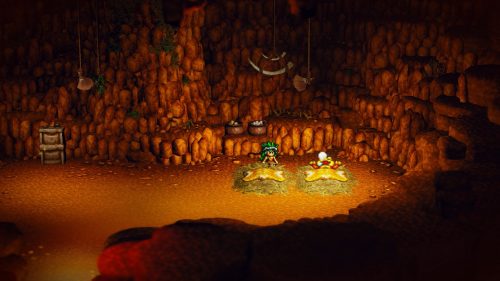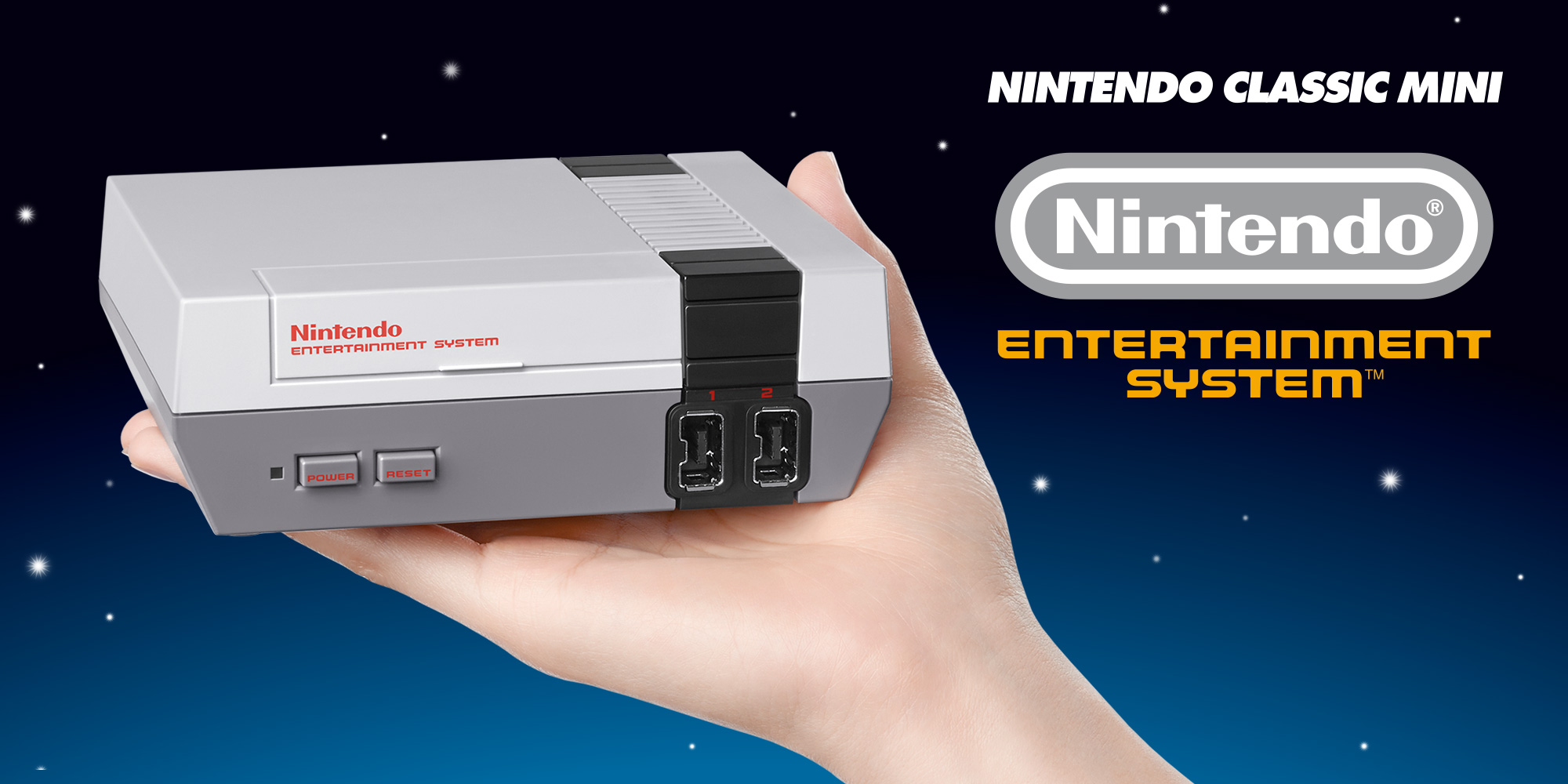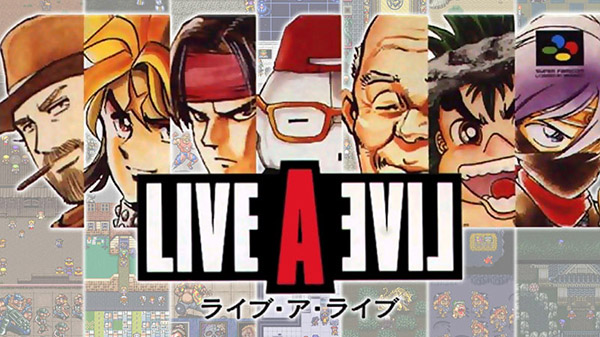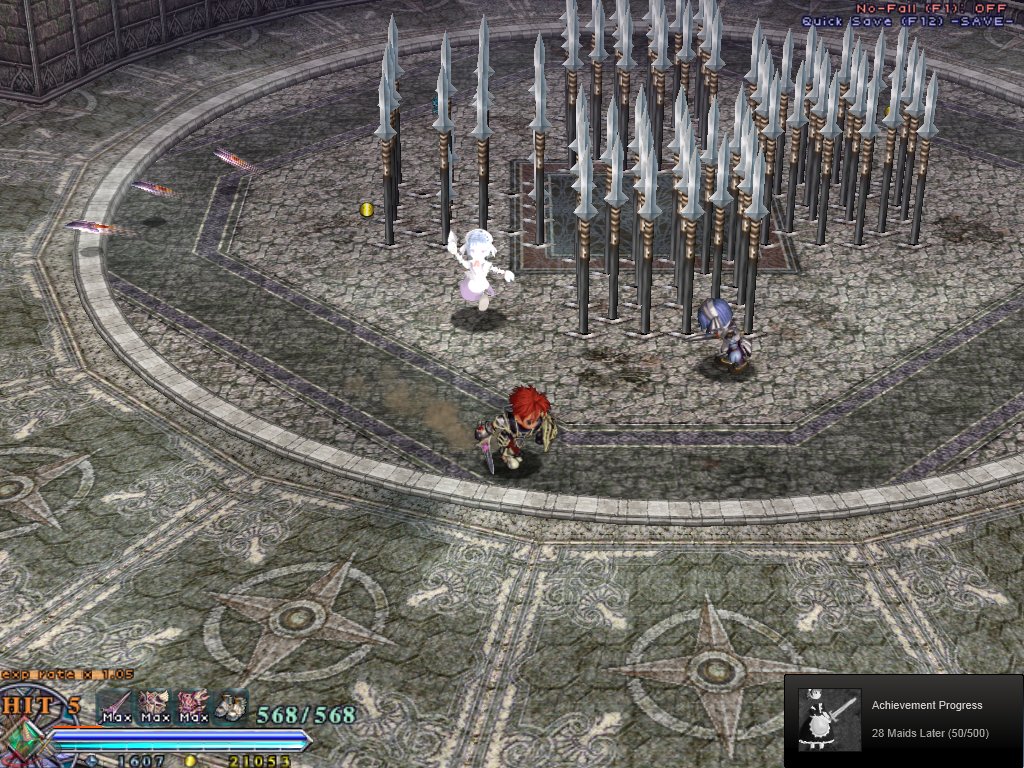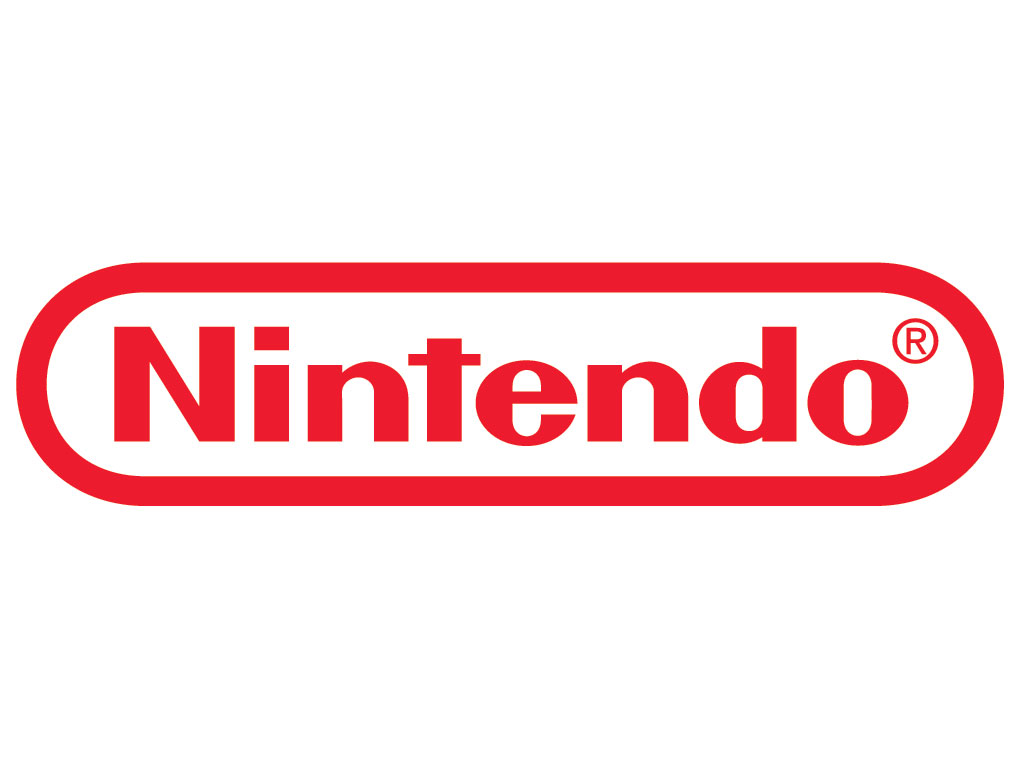
The Super Nintendo was the console on which Japanese RPGs came of age. Older systems were a little too limited for the kind of expansive storytelling that developers like Squaresoft, Enix, Quintet, Falcom and others were aiming for, and while Japanese systems like MSX, PC-98 and, to a lesser extent, Nintendo’s own Famicom became fertile ground for early JRPGs, memory and and ROM size limitations restrained their ambitions. That’s not to say there aren’t good 8-bit era JRPGs (I’m very fond of SNK’s Crystalis on the NES, for example), just that it was a mostly unexplored frontier, where rules hadn’t yet been set for what developers should do.
The increased processing power, memory and ROM sizes of the 16-bit era is what allowed for these games to truly come into their own. Squaresoft especially began surging forth with their trilogy of Super Nintendo Final Fantasy games, Final Fantasy IV, Final Fantasy V, and Final Fantasy VI. Other developers, followed suit, and the SNES became the go-to platform for 16-bit RPGs.
This is the environment into which the original Live-A-Live was born in 1994. Released just a few months after Final Fantasy VI, it forms the middle portion of a trilogy of RPGs that represent the three god-kings of Squaresoft’s SNES catalog, with the third entry being the following year’s classic Chrono Trigger.
While the other two titles have spent decades basking in the praise of RPG fans around the world, Live-A-Live never quite got its moment in the sun. The overall sales were disappointing to the management of Squaresoft, and the game never got released outside of Japan. Thus, it existed for many years as a title of legend, the ‘missing link’ between FFVI and Chrono Trigger, only playable by fan-translated ROMs outside of Japan. Even the soundtrack, one of Yoko Shimamura’s finest, was talked about in reverential tones.
So now, 28 years after it originally released, Live-A-Live is being given a second chance. The game has been fully remade for Nintendo Switch, and, cleverly, Square Enix have chosen to give it the 2DHD treatment that was first shown off in Octopath Traveler. This is an excellent choice, as it allows the game’s original art to shine, and shows how the 2DHD approach can bring 16-bit classics to life (Square, if you’re listening, please do this with Chrono Trigger and the SNES Final Fantasy games).
The Switch is the perfect platform for this style of game. Its hardware has no trouble with the simpler polygons and textures that are used, and the turn-based nature of the combat plays to the strengths of the system. Not only that, but Live-A-Live’s unique design is perfect for on-the-go RPG sessions.
If Live-A-Live on Switch is borrowing Octopath Traveler’s visual style, then its only fair because Octopath Traveler borrowed Live-A-Live’s storytelling approach. This is where the concept of a series of short, mostly independent stories with their own unique flavour in an RPG came about. There are seven to choose from, and each is just a couple of hours in length. Finishing them all unlocks a final story that ties the entire game together, just like in Octopath.
Live-A-Live structures its individual stories differently than Octopath Traveler, however. Rather than being broken into separate chapters, each character’s story is a single complete episode, and there is much more variety in terms of how those stories are told, and the different mechanics engaged in each. One story sees you rescuing a stone-age princess in a fairly straightforward RPG environment, while another has you playing an already-maxed out martial arts teacher who’s quest is to train new students. There’s a modern-day story that’s more like a fighting game than a JRPG and a wild-west story that limits you to ranged attacks.
The risk with making one game that tells several stories is that if one of the stories is bad, then it can let the whole game down. That isn’t the case here, as all the stories are interesting and fun. If there is a problem with them, then it’s the brevity, with little time to fully flesh out individual characters. That’s definitely something that the multi-chapter stories of Octopath Traveller allowed for.
It is fantastic to see that Live-A-Live is finally getting the love it deserves, especially outside of Japan. As the missing link between two of the SNES’ all-time greatest RPGs, it stands as an important piece of 16-bit gaming history. More importantly, Square Enix haven’t just dropped it onto Nintendo’s Switch Online service for Super Nintendo games. Instead they’ve made it a full remake with a full retail release and marketing right out of the gate. Perhaps launching it a week prior to Xenoblade Chronicles 3 was not the greatest timing, and likely many players are going to choose Monolithsoft’s hundred-hour epic over the more condensed, 16-bit action of Live-A-Live.
If you do choose the classic over the new, however, you’re in for a fantastic reconstruction of an underappreciated gem of the Super Famicom. Fans of the original will be able to relive their memories with a fresh viewpoint, and new fans get to experience the unique stories and amazing soundtrack (did I mention that Shimomura came back to work on the remixes for this release?) with modern techniques to keep the game engaging and fresh.
The 'missing link' between Final Fantasy VI and Chrono Trigger officially makes its way outside of Japan
The 2DHD art style looks really good
New arrangements of Yoko Shimamura's legendary soundtrack
Shorter, individual stories with no overarching narrative until the end may put off some players

